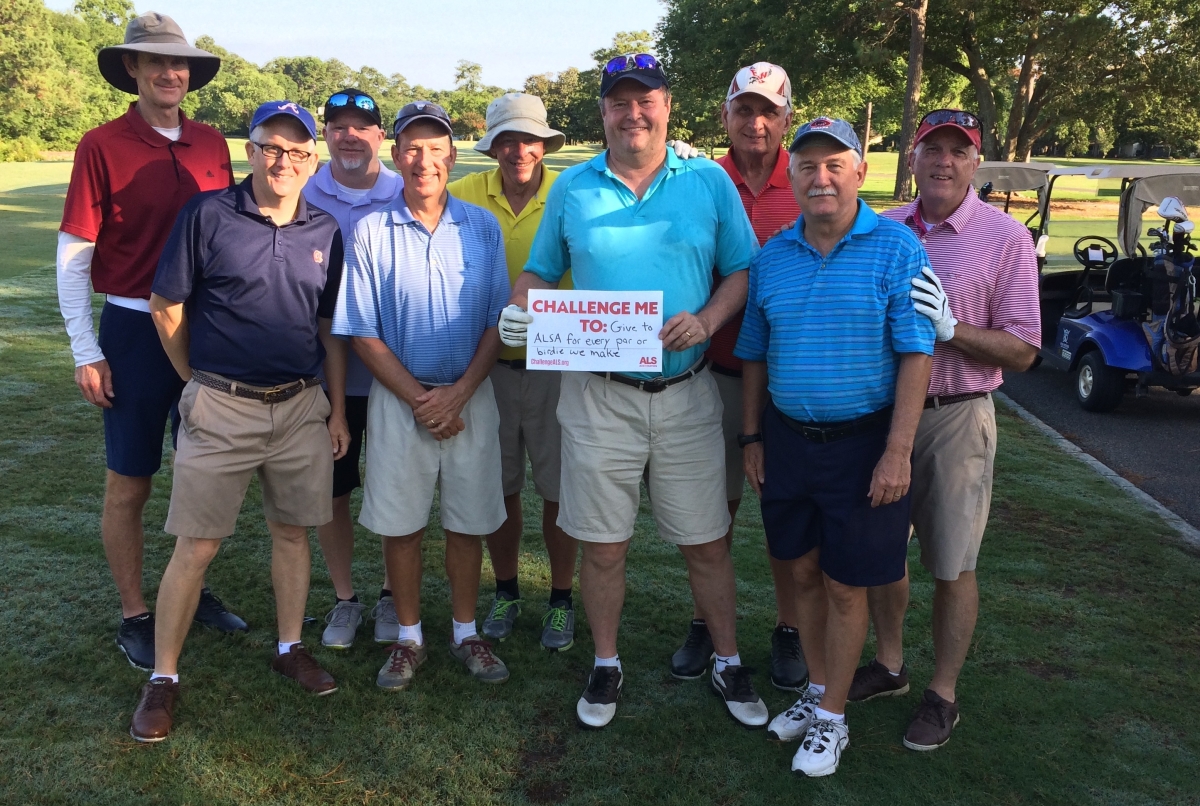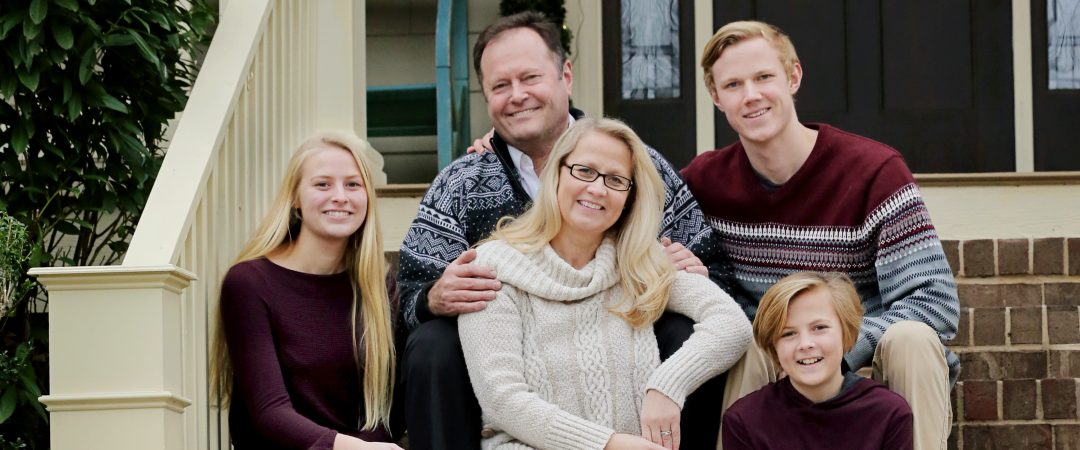Dear friends and colleagues,
I have some bad personal news to share, but news that is
leavened with some hope.
I have been diagnosed with ALS,
or Lou Gehrig’s disease. As you may
know, ALS is rare, incurable, progressive, and 100% fatal, usually within 2-4
years of diagnosis. As Lou Gehrig said
in his famous speech in Yankee stadium, it’s a “bad break.”
But it soon may not be as bad a break as it was for Lou Gehrig and the hundreds of thousands of people who have died from ALS since his time. Those of us with ALS today hold onto a glimmer of hope that advances in research on ALS are bringing us closer to the day when we will possess a cocktail of therapies that can render the disease chronic and not fatal. We are hoping to be the first generation of ALS victims who survive the disease. We’re in a race against time.
In my case, I have added reason for hope. I have already been suffering from symptoms of the disease – foot drop, leg weakness, and leg stiffness – for 2 ½ years (I was formally diagnosed in March 2018). And yet I am still ambulatory — just slower. My leg strength has remained stable for the past year, and I have not seen any symptoms spread to my upper body. I walk a mile or two every day. I am, for now at least, part of a small percentage of “slow progression” cases – ALS victims who often live 10 or more years. Slow progression at onset is the best predictor of continued slow progression. If this continues, it will buy me more time for a treatment to be developed. Every month that passes with no change in my condition gives me more hope.
Until now, I have opted not to share this news beyond a very small circle of people because I did not want people treating me differently, as a “dead man walking.” I hope you can continue to treat me exactly as you have before. I am still able to fulfill all of my work functions as before, and hope to maintain an active research agenda and teach straight through to retirement.
I am aware that interacting with someone who has a terminal diagnosis can be awkward, so let me give your some guidance. First, I have thick skin and a sense of humor, so unless you’re exceptionally gifted at saying the wrong thing, you can’t say anything to me that will upset or offend me. Please don’t walk on eggshells around me. Don’t worry about using words or raising topics that inadvertently bring up my condition; I do it all the time myself, it’s unavoidable. You can opt to ask about my condition (I’m always happy to provide an update), or not say a thing, both are fine. If you want to let me know you’re thinking of me but don’t know if stopping me on the sidewalk or a hallway to ask is appropriate, I will gladly take a passing fist bump as a silent message of concern and support.
Most of all, know that I’m not sitting around feeling sorry for myself. I’m feeling good, enjoying life, and trying to make the most of the time I have. I’m not in denial – I know how monstrous this disease is – but I’m optimistic about my chances and energized about all the things I want to do.
My wife Karin and my kids are doing well so far too. It was hard news for them to take at first, but because my condition is stable, our day to day lives have not changed at all.
Why disclose this now? First, because I’ve known I’d have to
do it sooner or later, and ALS support groups suggest that sharing the
diagnosis is better for you than bottling it up. I’m generally a “bottle it up”
kind of guy and that’s worked fine for me in the past, but I’m taking their
advice this time. Second, there are
opportunities starting this summer for me to advocate for changes in laws affecting
ALS victims’ access
to Medicare and Social Security Disability Insurance, and for more
funding for research into ALS and other neurological diseases. I will be a
better advocate and fundraiser if it is known that I myself have ALS, and can
share my narrative – my quest to outrun the disease until medical science comes
up with the therapies to stop or even reverse it.
Thanks in advance for your prayers and support. I look forward to the day when we celebrate beating, or at least containing, this disease.
Best, Ken


